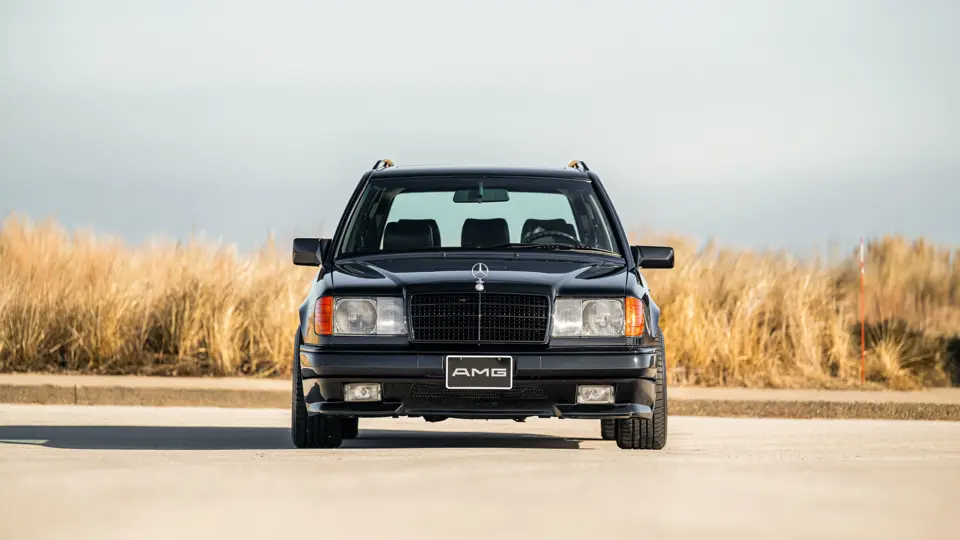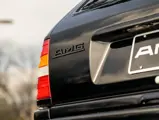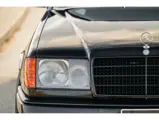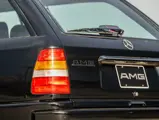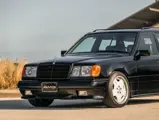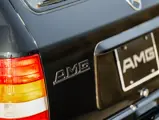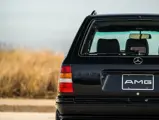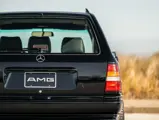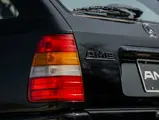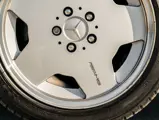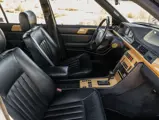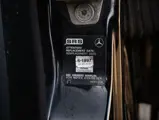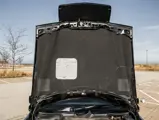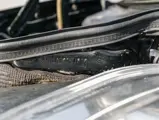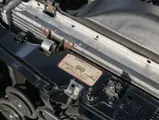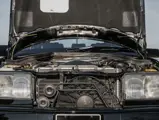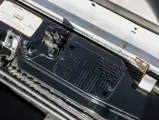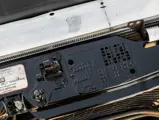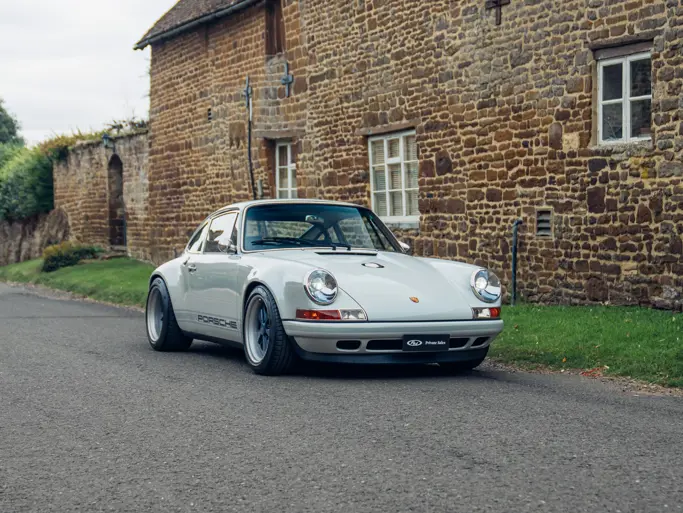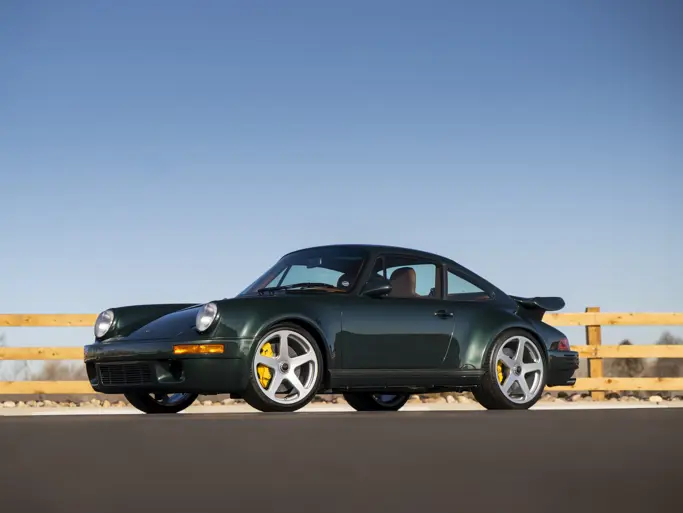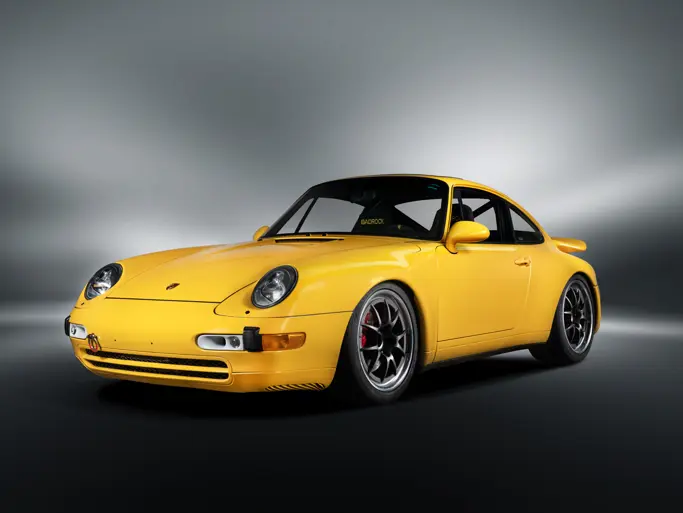
1988 Mercedes-Benz 300 TE 6.0 AMG "The Mallet"
{{lr.item.text}}
$467,000 USD | Sold
{{bidding.lot.reserveStatusFormatted}}
- “The Mallet,” among the most famous pre-merger AMG conversions executed in Chicago by AMG North America, and the second of only two 6.0-liter wagons produced
- A hair-raising combination of race shop ingenuity, German engineering, and American hot-rodding panache
- Packed with the modified running gear of a contemporary S-Class sedan; all-aluminum, 6.0-liter, 310-hp SOHC AMG V-8 paired with a re-valved four-speed automatic transmission and limited-slip differential
- Accompanied by a Certificate of Authenticity issued by Richard Buxbaum, founder of AMG North America
- Known history since new; initially used as the Buxbaum family’s personal car, and later tested by Car and Driver in February 1990
- Offered from 10 years of residence within one of the world’s best-curated collections of significant pre-merger AMG automobiles
More than a decade before Audi released their famous Porsche-built RS2 Avant, and BMW’s M5 Touring made a name for itself, the world’s first true sport wagon was burning rubber along the otherwise serene, orchard-lined avenues of Affalterbach, Germany—home of AMG and the 500 TE 5.0.
Today, AMG is global brand with mainstream recognition that eclipses its presence in the automotive sector. Similarly, the sport wagon genre enjoys widespread appeal for large populations of passionate enthusiasts that clamor for neck-breaking supercar performance in the guise of a soccer mom’s understated kid-hauler.
But back in 1977, AMG was still a hot-rod shop in the shadow of Stuttgart, and all but the most visionary enthusiasts failed to grasp the appeal of a long-roofed family car with sports car capabilities, let alone a hopped-up Mercedes-Benz station wagon. AMG’s execution of a “sports car for seven passengers” flirted with heresy and laughed directly in the face of convention. Failing to find a suitable sales niche for such an extreme offering, the madmen in Affalterbach did not produce another series of V-8 powered wagon conversions for approximately 12 years. Yet during this period, AMG’s business exploded into a globe-spanning sales network of licensed agents, exclusive importers, and a great number of specialized shops selling aftermarket accessories.
The jewel in this worldwide network was AMG of North America and its founding agent Richard Buxbaum. From his shop on the outskirts of Chicago, Buxbaum helmed AMG’s entire presence in the Americas, and built a great variety of extreme and distinctive commissions for some of the richest enthusiasts in Canada and the United States. Like Hans Werner Aufrecht himself, artists, celebrity chefs, athletes, movie stars, oil tycoons, racecar drivers, and business magnates all found a friend in Buxbaum—the man who could supply their bespoke AMG creations replete with Teutonic quality, thunderous performance, and American panache. To quote a contemporary expose on the 1980s tuning scene, “if AMG caused a stir in Europe, then it caused a sensation in America.”
The cash flow (and press coverage) from AMG of North America’s exploits was not only instrumental in AMG’s successful expansion from a small German tuning firm into a global brand, but this small group of Americans were also directly responsible for saving the sport wagon genre which Affalterbach had all but forgotten about. Despite its genesis in Germany, it was in Chicago that this idea was seized upon, perfected, and truly made famous by a pair of distinct 6.0-liter AMG Wagons produced stateside by Buxbaum’s team: the dual-overhead-cam “Hammer Wagon” of 1987, and the single-overhead-cam “Mallet” of 1988, offered here.
FASTER THAN A 911, WITH SEATING FOR SEVEN
January 1988 was a superb month for Richard Buxbaum and his AMG of North America team. Only a few weeks prior, they had hosted Jean Lindamood—one of America’s most highly regarded automotive journalists—and given her ample time to thrash their newly completed 32-valve, 6.0-liter “Hammer Wagon” to triple-digit speeds around Chicago.
Lindamood’s rave review had just been published in Automobile magazine, and now the boys at AMG NA were riding the wave of new customers which came in the wake of that coverage, which rightly claimed, “among all aftermarket Mercedes tuners, AMG alone enjoys the tacit acceptance and grudging respect of the haughty Stuttgart manufacturer.”
The Hammer Wagon had by then been delivered, and its new owner (now $190,000 poorer) was thrilled with her commission. Better yet, AMG was about to be announced as the official works team for Mercedes-Benz in sports car competitions, an arrangement which had been operating on an informal, clandestine basis since 1984.
Inspired by Lindamood’s visit, Buxbaum had an idea to offer a new, exciting series of sport wagon conversions to his customers. Whereas the Hammer Wagon commission utilized a M117 V-8 engine fitted with AMG’s DOHC, 32-valve cylinders heads, Buxbaum’s new idea for a homegrown S124 series involved the modification of the stock 16-valve cylinder heads. Sans that singular rule, everything else could be customized for the customer with AMG NA’s wide-ranging catalogue of goodies and displacement upgrades.
The justification for this 16-valve route was three-fold: First, the Chicagoans would not have to wait for cylinder heads from Affalterbach. Second, the machining and modifications to the factory SOHC heads could be executed and tested in-house, as many of the shop technicians moonlit as skilled hot-rodders or race mechanics. Finally, skipping the $65,000 DOHC heads was a measure of simple cost control; the company reasonably projected that they could sell more units at $100,000 than they could at $200,000.
As testified by a Certificate of Authenticity from Buxbaum himself (on file), the plan was put into practice on 6 January 1988 with the acquisition of this brand new, triple-black 300 TE from their preferred partner in crime, Shepherd Mercedes-Benz in Oak Park, Illinois. It was then immediately converted with an all-aluminum M117.968 engine which AMG NA technicians had bored out to 6.0 liters. Per the plan, they also ported and polished the cylinder heads while keeping the stock camshafts, valves, and internals untouched. This car also received a re-valved transmission, gently rolled fenders, and set of 16-inch AMG monoblock wheels.
Aesthetic upgrades were rounded out by a complete color-matched ground effect kit, roof rails, a stainless-steel exhaust, and custom interior trim with AMG instrumentation. To ensure that the S124 chassis could withstand its new powertrain, Buxbaum and Co. reinforced and modified the car’s rear subframe to carry the 2.65 limited-slip differential from the donor S-Class sedan. The stock springs were also “chopped,” and custom anti-roll bars were carefully installed to not interfere with the model’s stock self-leveling suspension system.
Upon completion, Buxbaum and his wife Robin enjoyed this venerable sport wagon as their personal transportation for the next 12 months, accruing approximately 8,000 miles. Ultimately, however, AMG NA’s proposed 16-valve S124 series was a stillborn venture, and they built only this prototype example offered here.
On 19 January 1989, the Buxbaums sold the car to a close friend, and he then registered it with the Illinois vanity plate “WMW 6.” At Buxbaum’s insistence, in late 1989 it was loaned to John Phillips of Car and Driver magazine for a test, the results by which earned it the famous moniker it now wears, “the Mallet.” Producing 310 horsepower from its modified 6.0-liter AMG V-8, the Mallet (as tested) achieved performance benchmarks and handling dynamics better than a contemporary Porsche 911 Carrera, Chevrolet Corvette, BMW M5, Ferrari 412, and Lamborghini Jalpa.
On 12 March 1992, the Mallet was sold through AMG NA for the last time to its next Chicago-area owner, at which time Buxbaum’s records show that it indicated 28,052 miles on its odometer. Over the following decade, the Mallet remained among a short chain of owners within the Greater Chicagoland area.
In 2002, the Mallet was acquired by a New Jersey-based pre-merger AMG enthusiast who had lusted after it since he first saw the 1990 Car and Driver article. Under his custodianship this significant AMG wagon was furnished with nearly $44,000 in cosmetic and mechanical recommissioning (all invoices on file). During this comprehensive recommissioning regimen, the car’s engine and transmission were entirely rebuilt by marque specialists, the suspension was redone with heavy-duty shocks and springs sourced from a 500 E, all the exterior trim was repainted back to its color-matched finish, Euro headlamps were installed, and a slightly larger set of 17-inch AMG monoblock wheels were also fitted.
Once returned to its original seven-passenger splendor, this previous owner then enjoyed the Mallet for the next ten years and 8,000 miles of trouble-free use, during which time it was registered as “MKC35R.”
In 2014, the Mallet was purchased by the consignor and entered into their significant, finely curated collection of pre-merger AMG examples. Within their care, it has always been regularly enjoyed in fair weather, stored in their climate-controlled facility, and religiously maintained by local Mercedes-Benz marque specialists.
Between July and September 2015 alone, the car’s body and interior were further supplied with over $44,500 of professional paintwork and new components including glass, seals, moldings, switchgear, and front fenders. Since then, it has been kept up with routine maintenance and infrequent jaunts around town. To match the consignor’s personal preference, the original steering wheel was also replaced with smaller-diameter unit from a later W124 chassis.
With known history as a unique prototype car used personally by the Buxbaum family and accompanied by a Certificate of Authenticity directly from Richard Buxbaum himself, there can be absolutely no debate that the Mallet is among the most important and irreplaceable, pre-merger AMG examples of historic importance to the brand’s modern resurgence.
In creating the Hammer Wagon and this car, AMG of North America captivated automotive journalists and set in motion a chain of events which reinvigorated their Affalterbach colleagues to try their hand at the genre again. By February 1989, AMG in Germany had already seized upon this newfound appeal by producing a single example of their own 6.0-liter, dual-overhead-cam “Hammer Wagon” for a Pforzheim-based construction magnate.
Fortuitously, the timing of the Mallet’s construction came about just as Mercedes-Benz’s competitors were preparing to deliver their own sport wagon entries to the market, with the RS2 Avant and M5 Touring well past the drawing board stages. With the lessons learned from Buxbaum’s creations at AMG of North America, Mercedes-Benz was superbly poised to outgun Audi, BMW, and any other challengers with not just a single model, but rather a whole lineup of S124-based models in various displacements ranging from 3.2, 3.4, and 3.6-liters.
Now offered without reserve, the Mallet is a fascinating and storied prototype. It represents a tangible link between AMG’s later moments as a worldwide network of semi-independent agents who built their own distinctive commissions into a singular, tightly held entity under the auspices of Mercedes-Benz’s corporate umbrella.

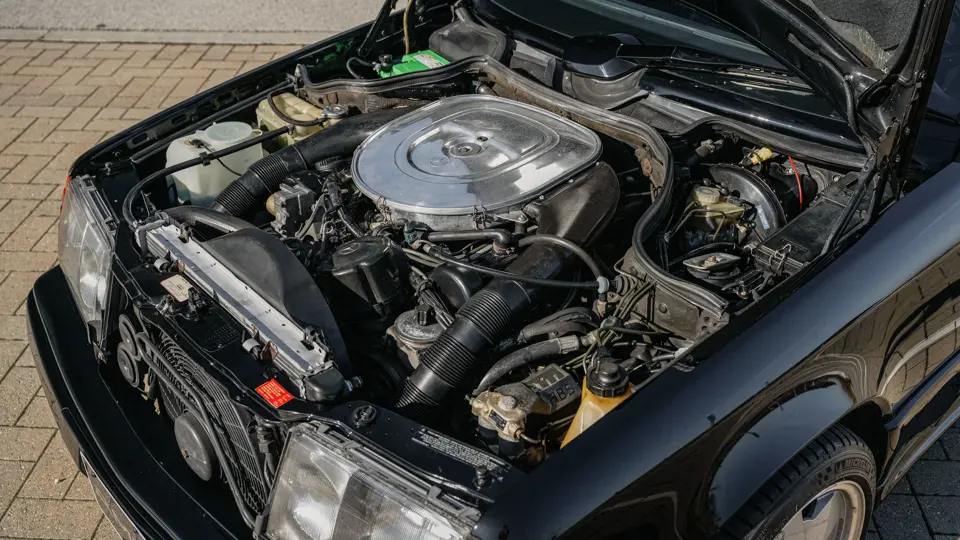



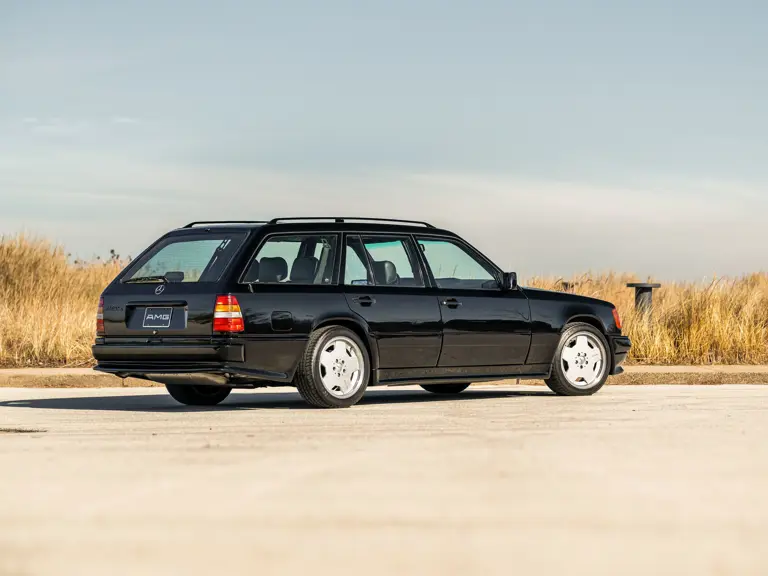

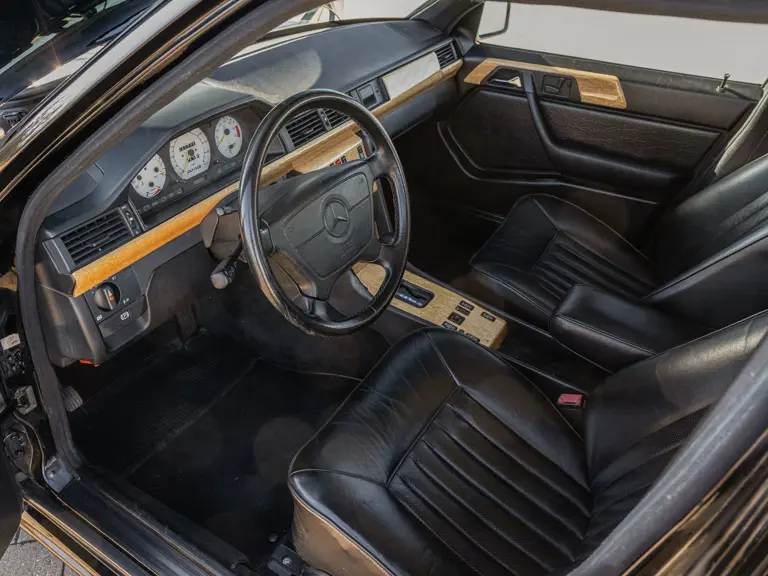
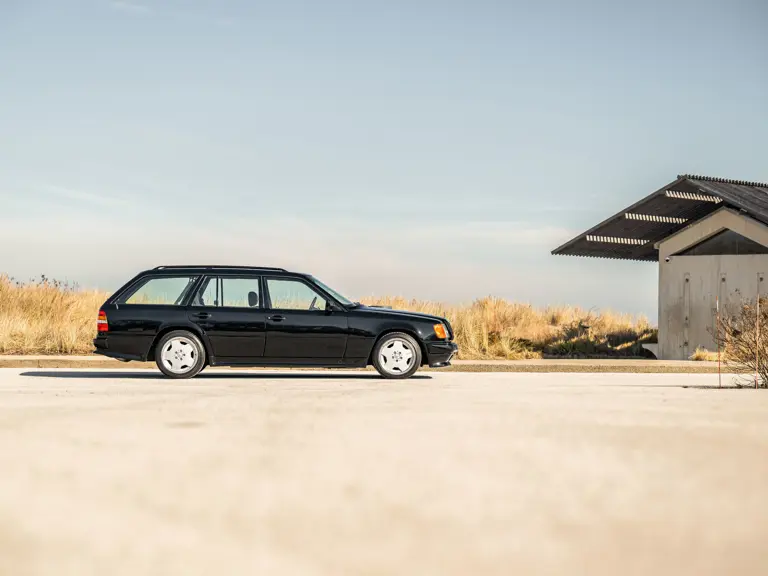

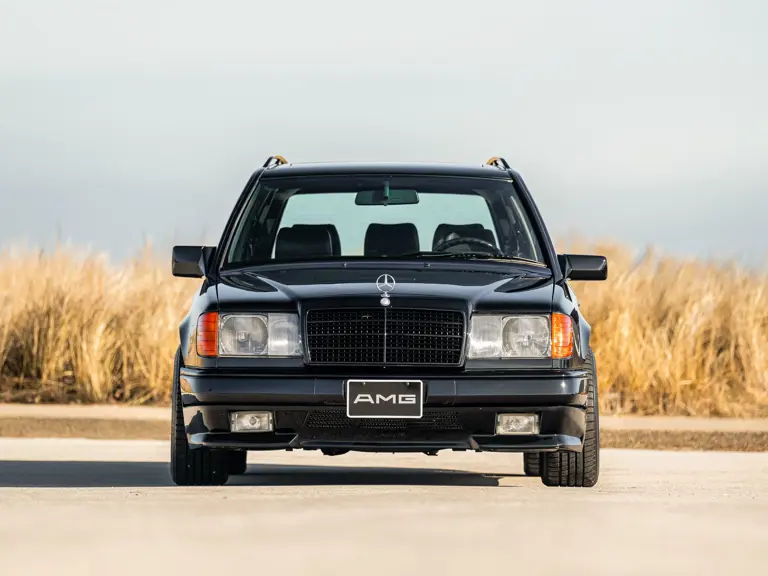
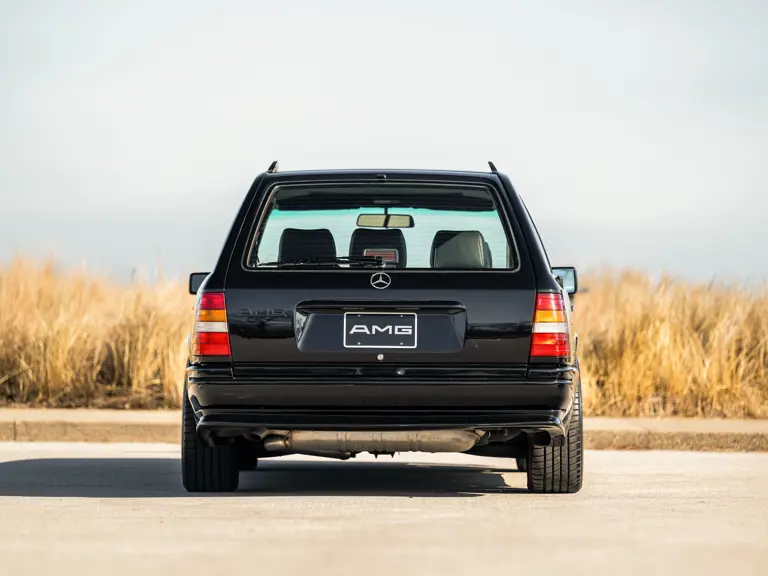
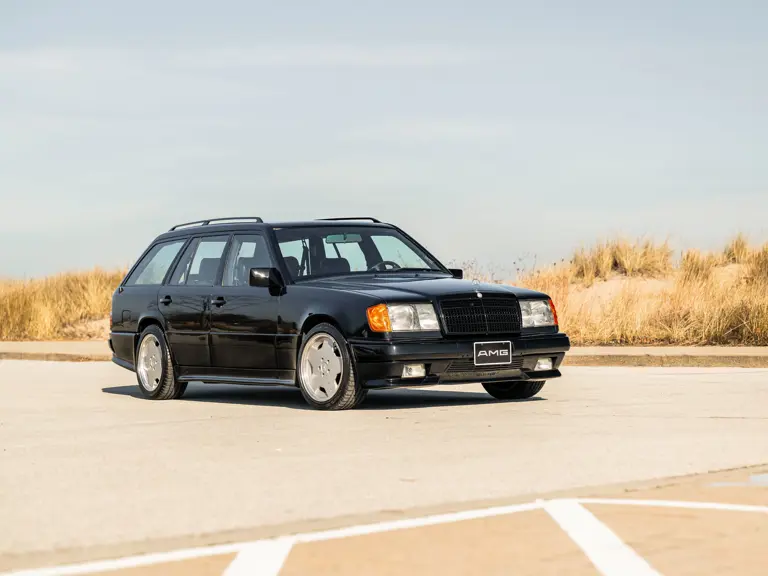



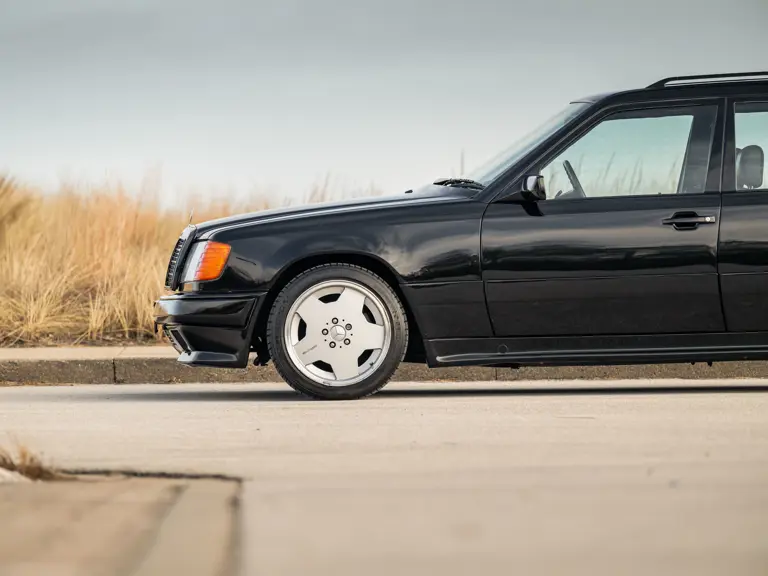
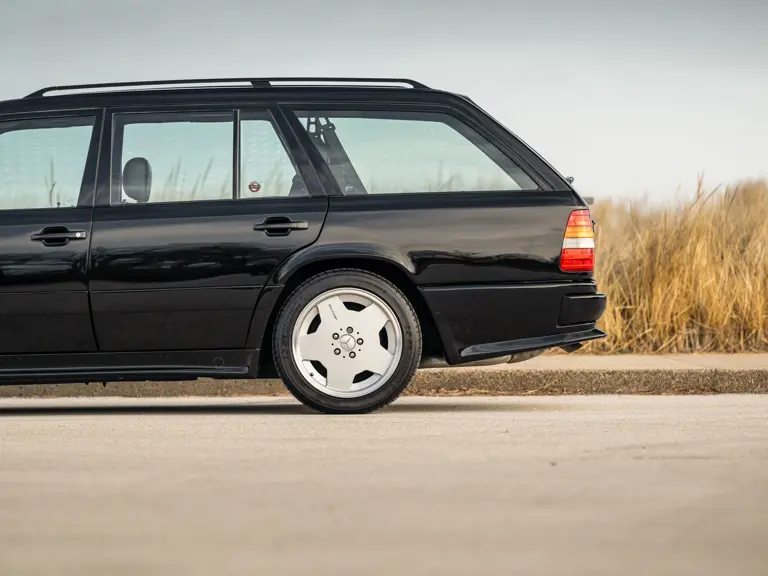



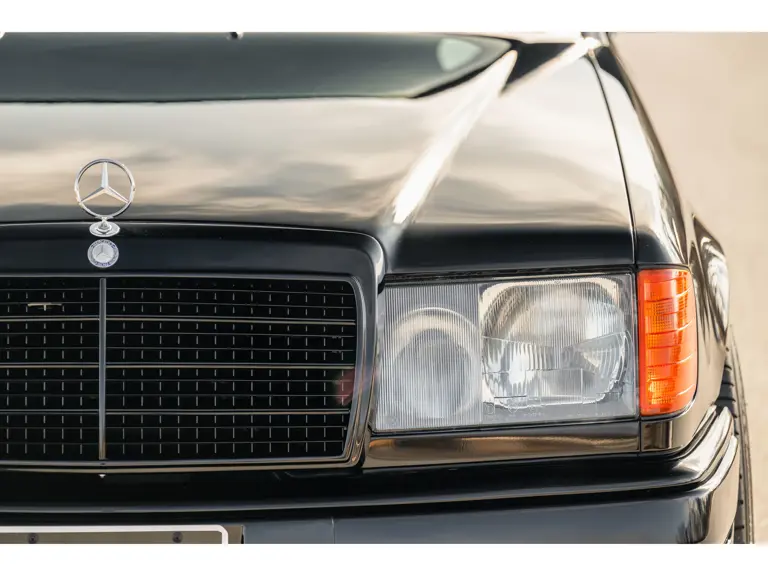
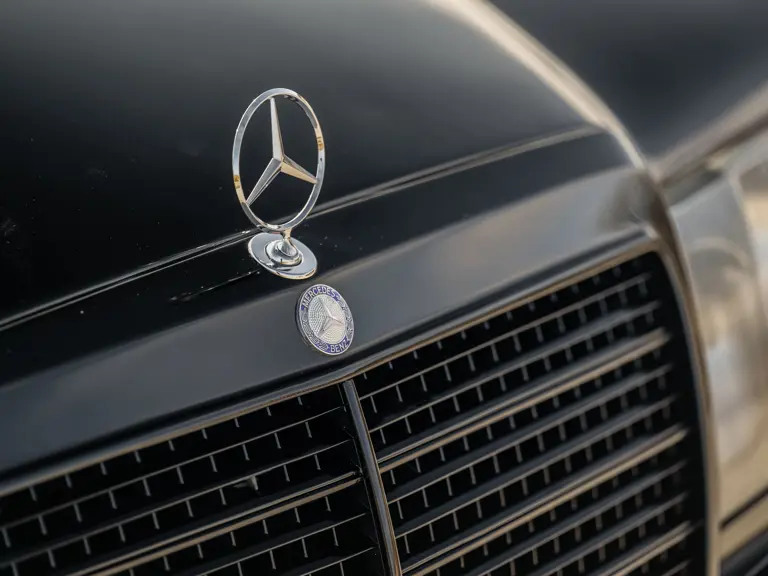

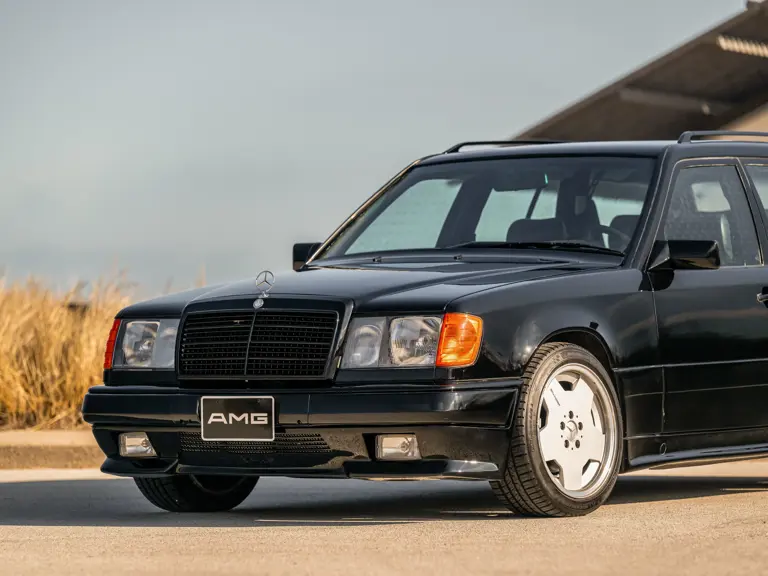

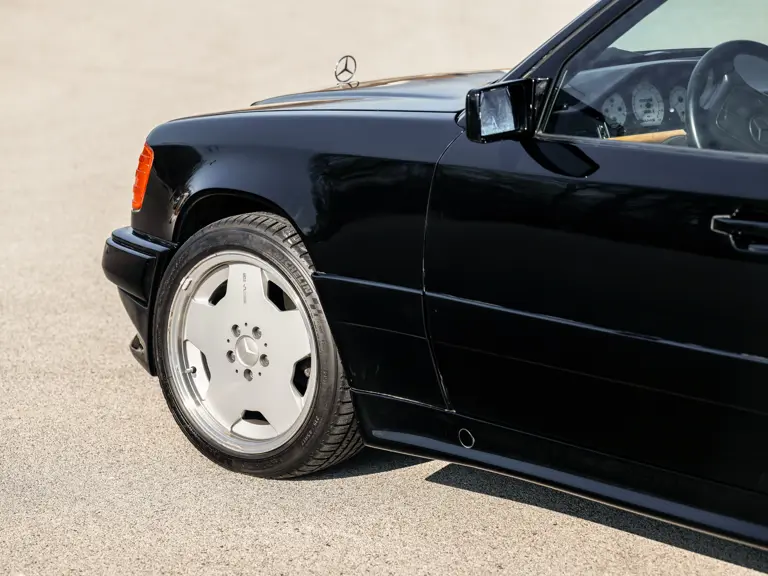

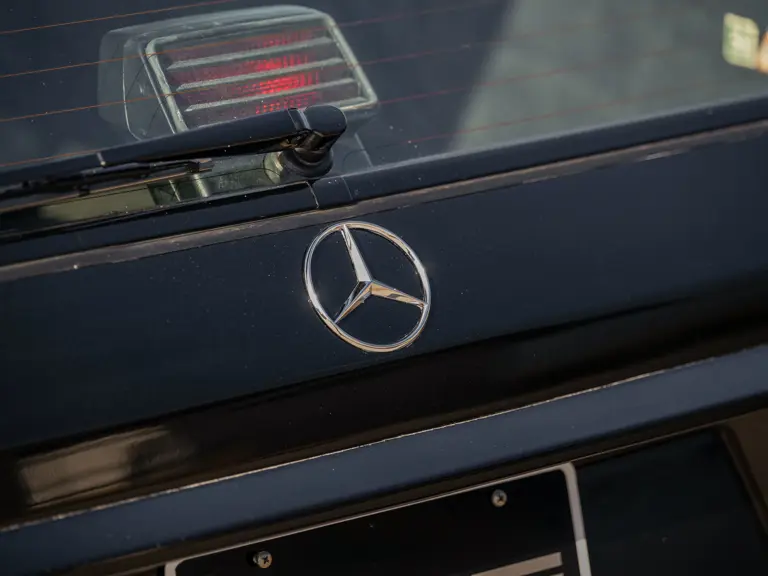

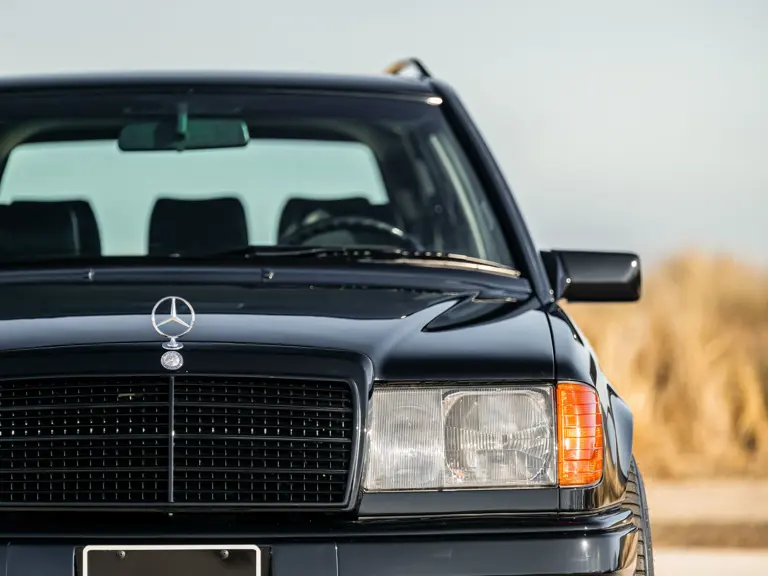
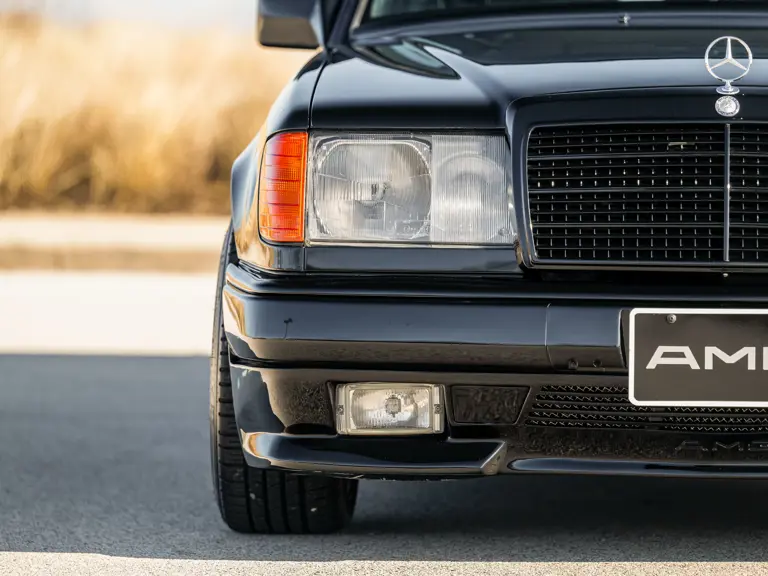
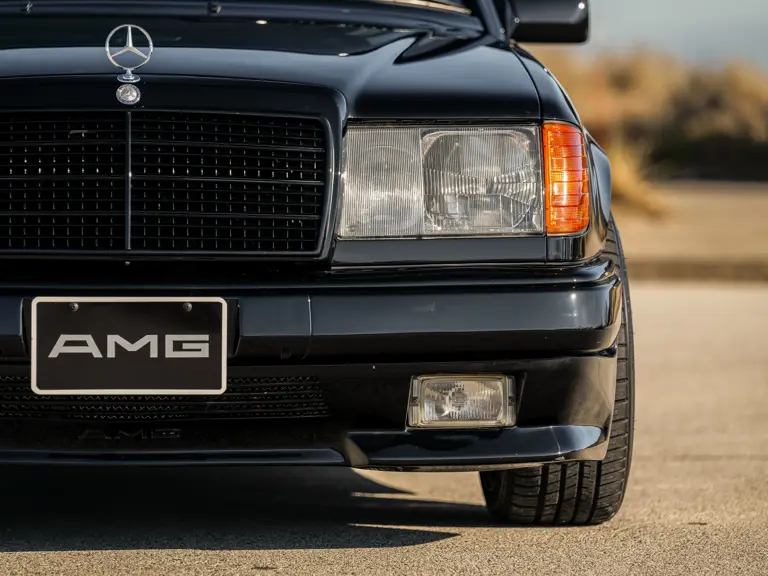
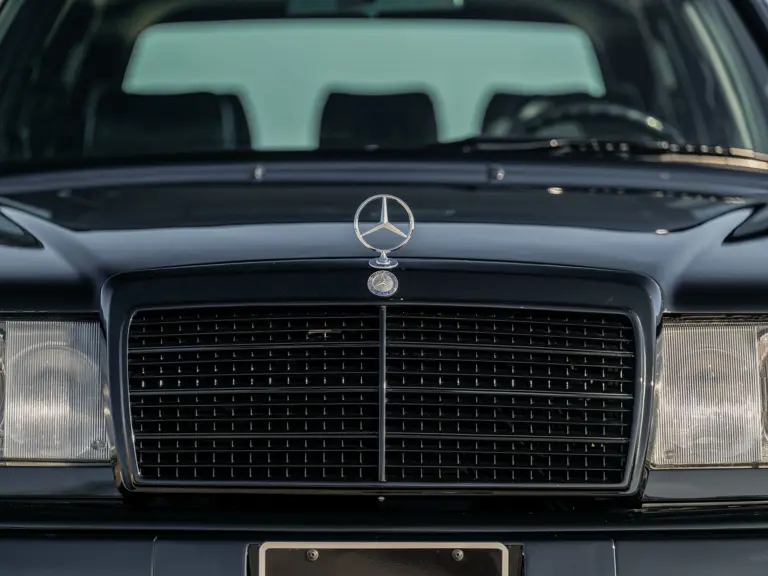
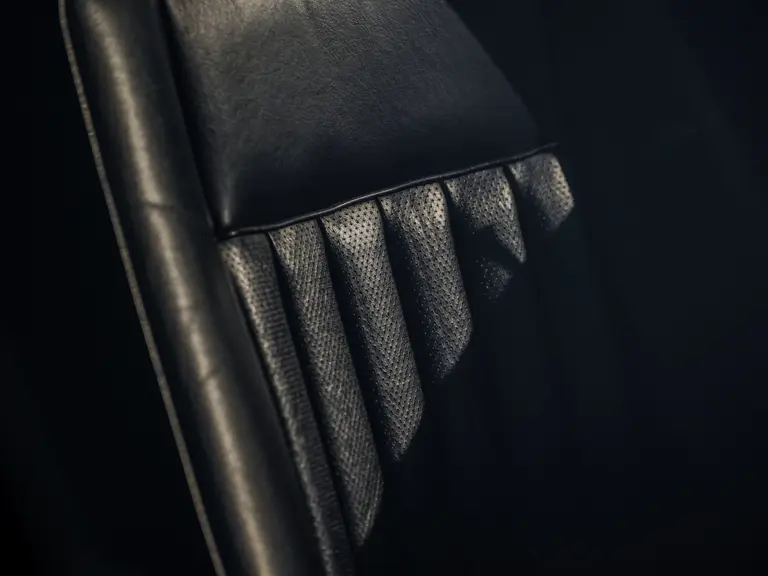

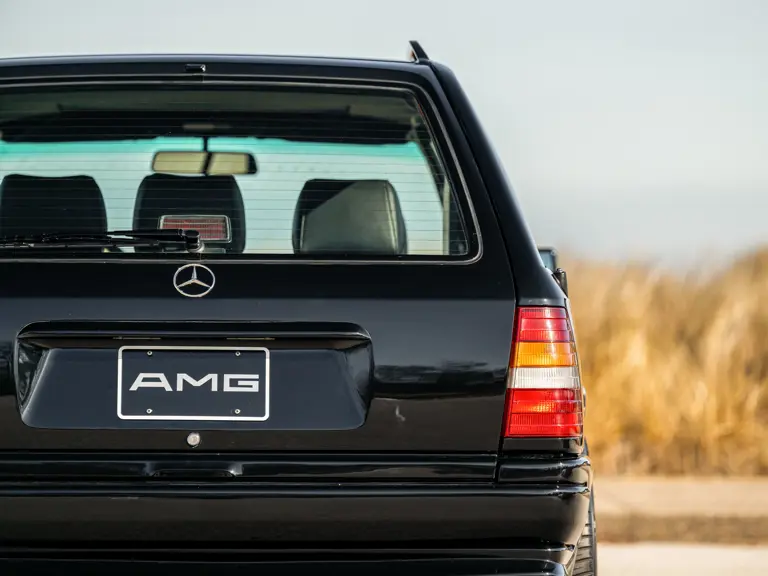
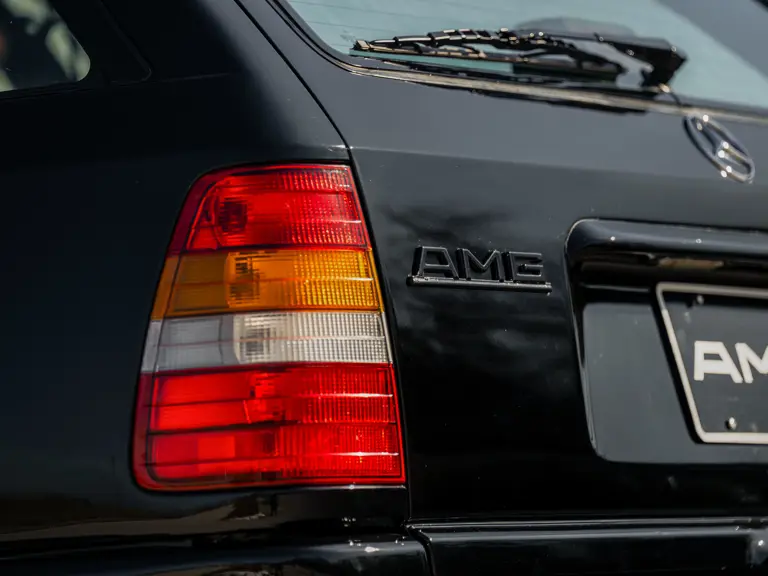
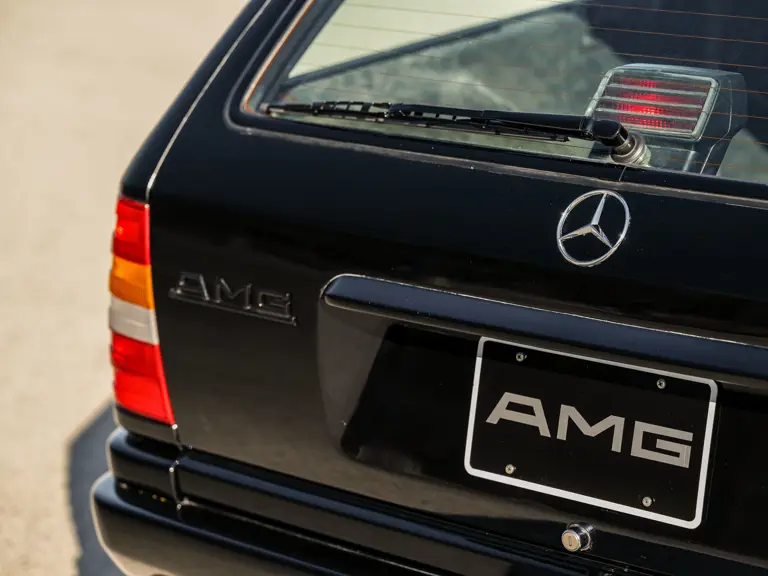
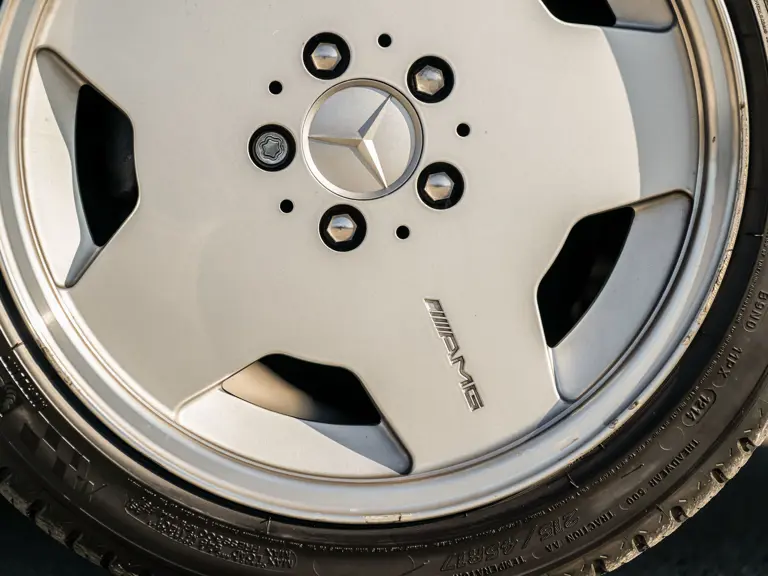

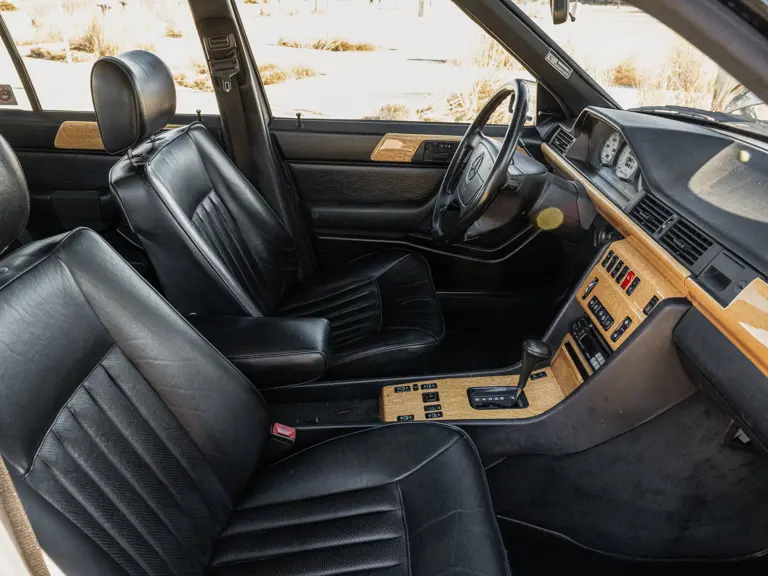
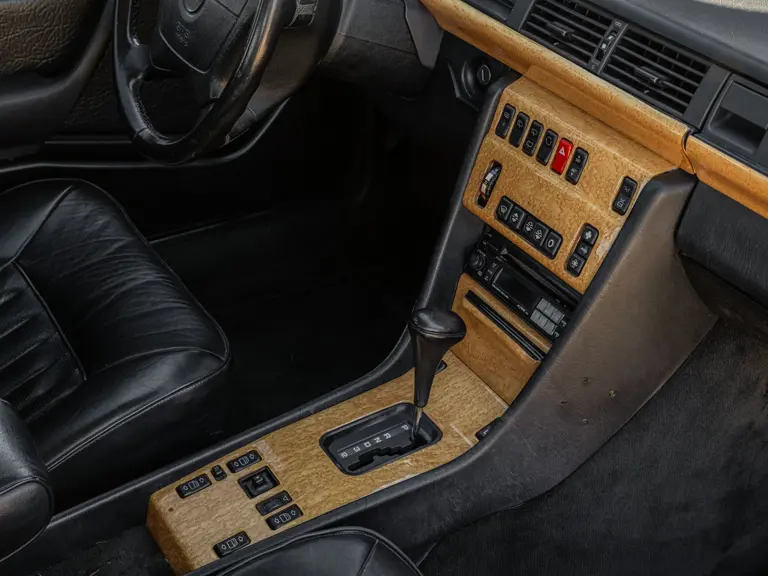
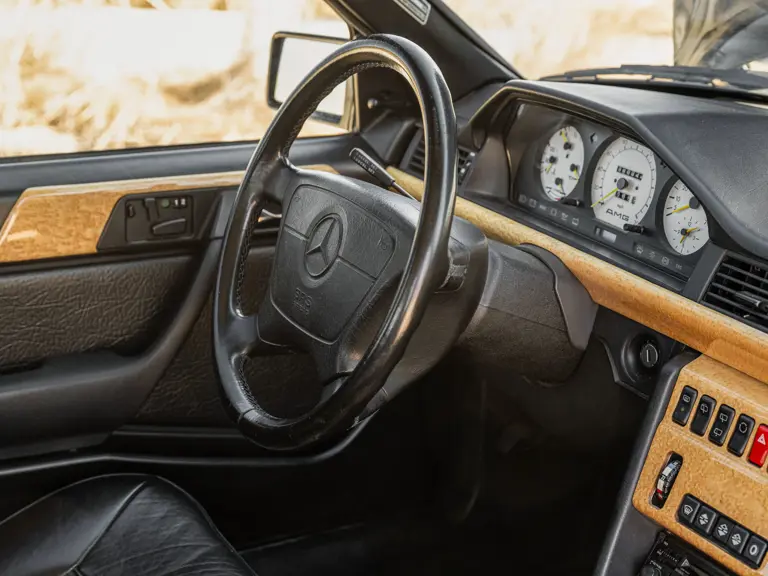
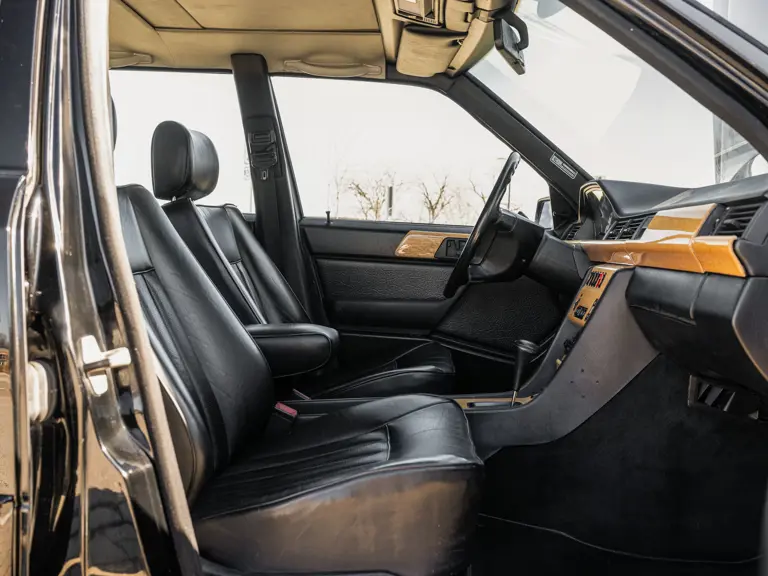
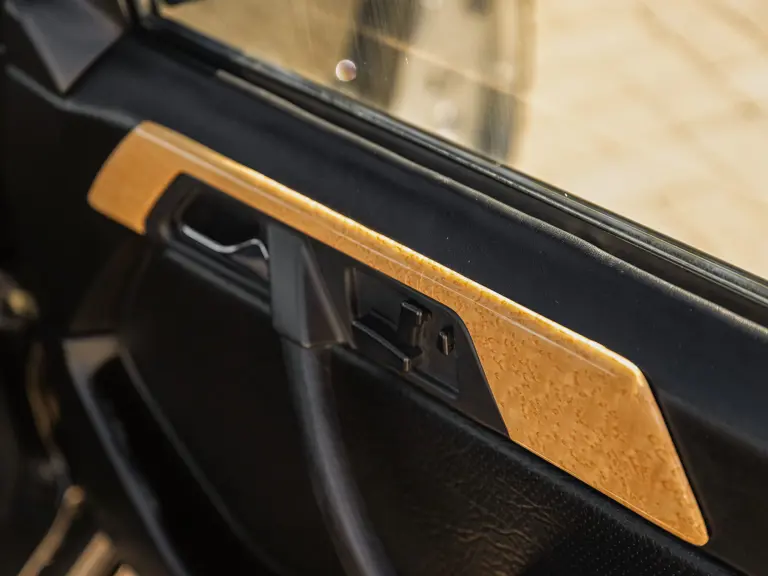
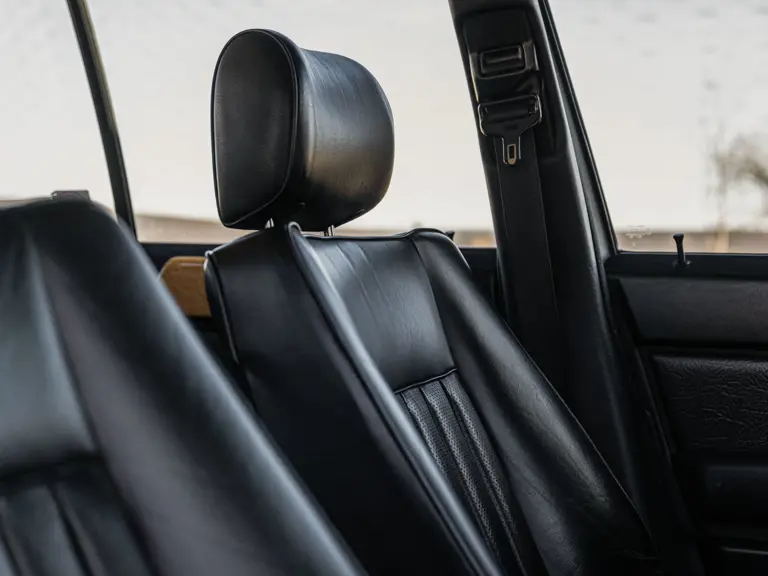

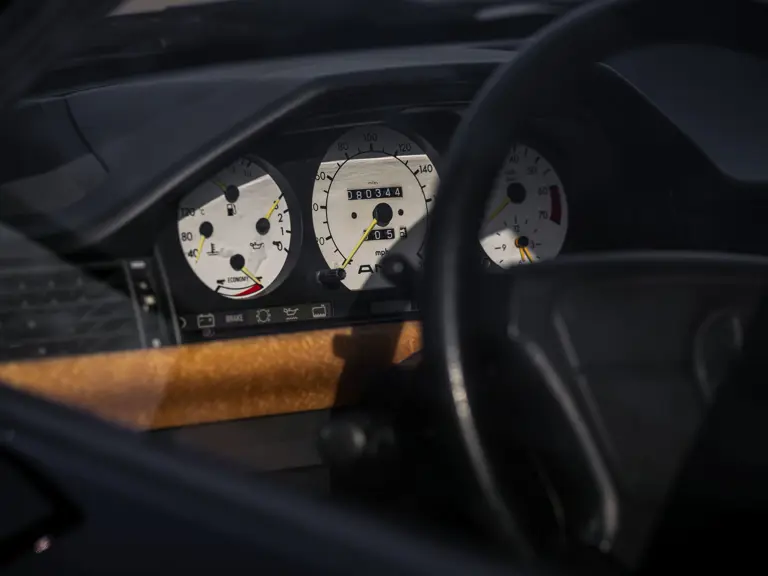
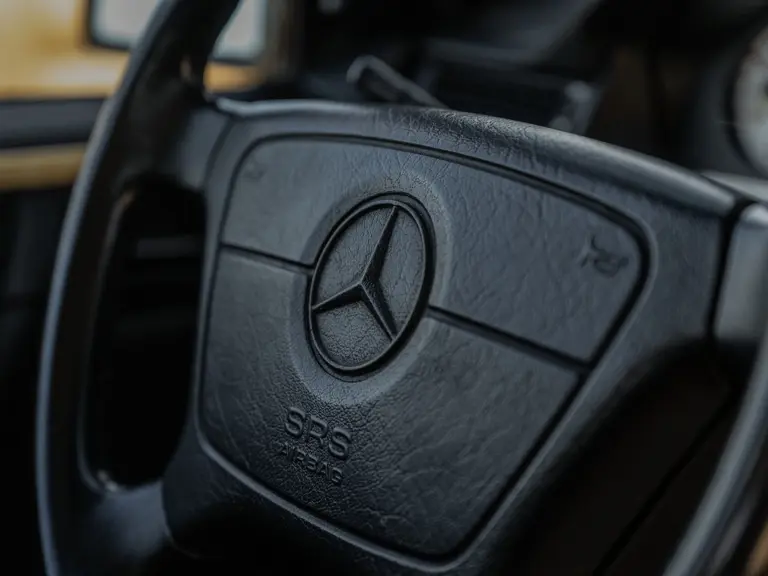
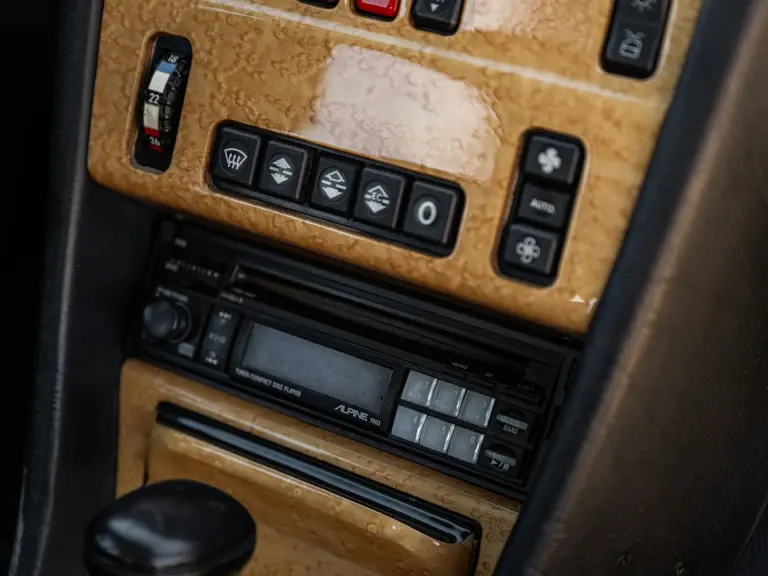
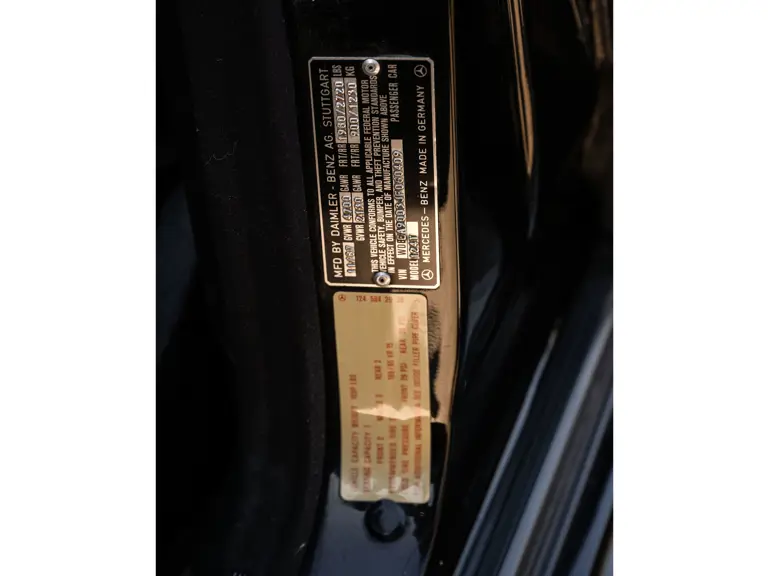
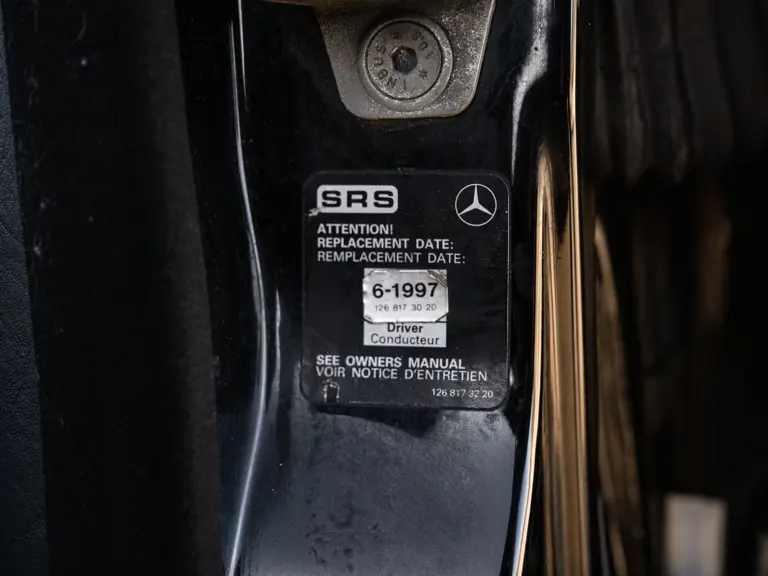
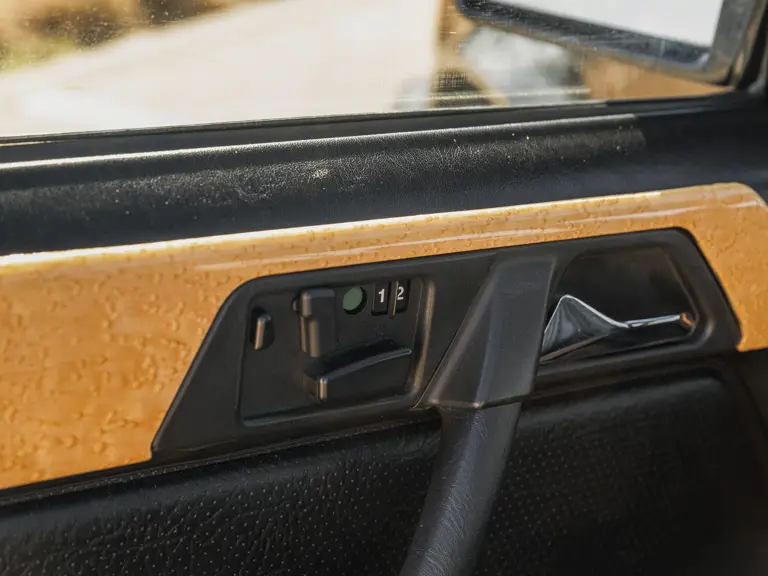


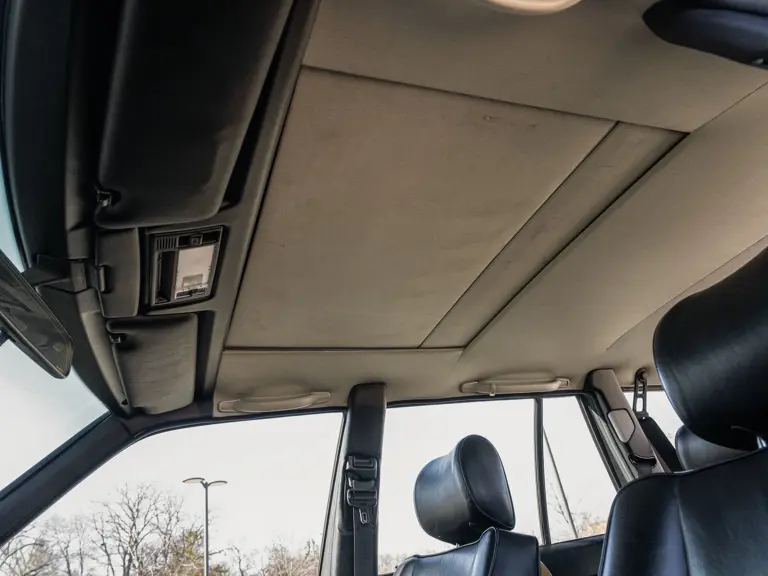
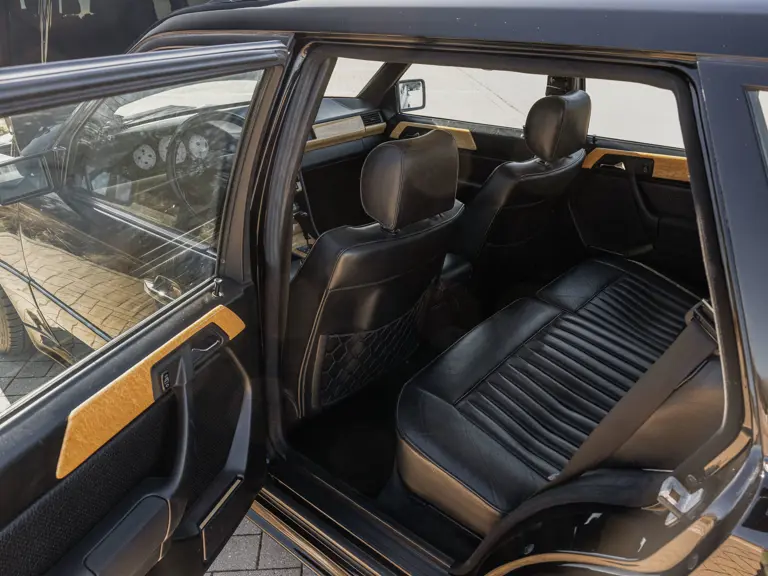
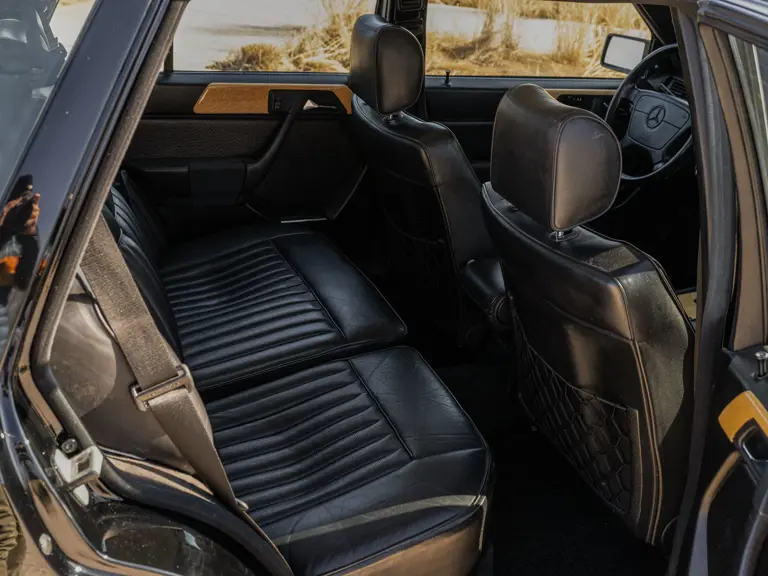
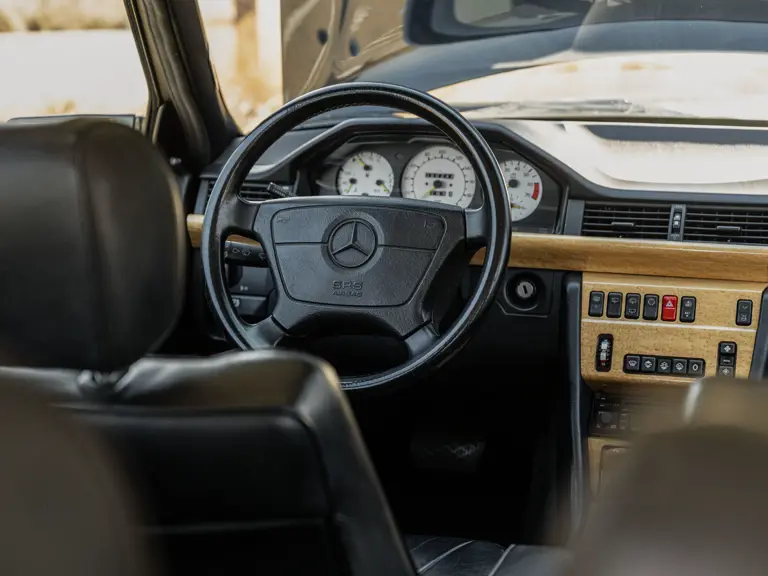





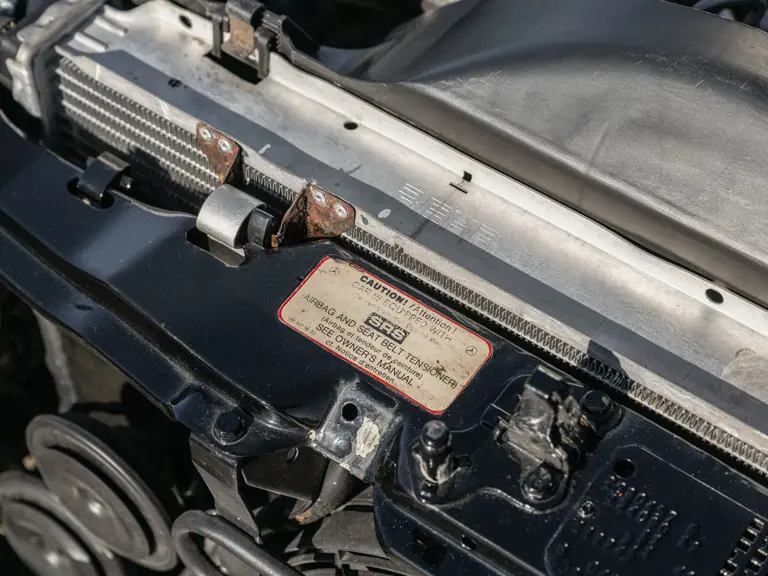



 | Coral Gables, Florida
| Coral Gables, Florida


